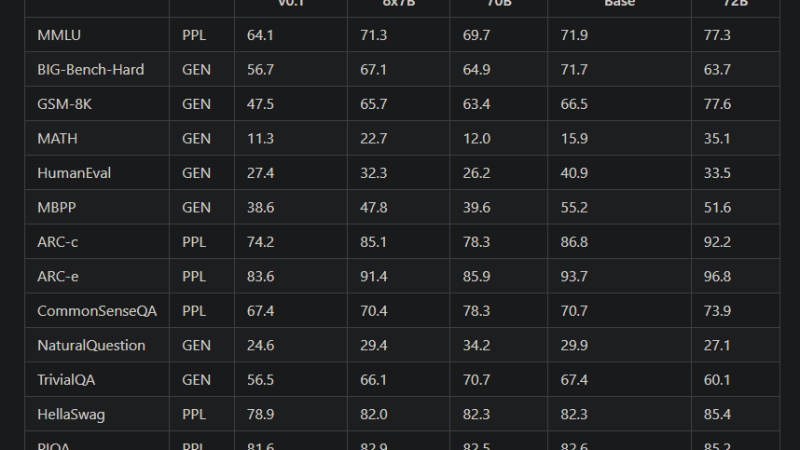Understanding the PG-13 Rating System and its Applicable Age Group

The Motion Picture Association of America (MPAA) movie rating system is a widely used system in the United States, allowing moviegoers and parents to be informed about the content of films. This system is designed to help parents make informed decisions about the types of film their children can watch. One of the most common ratings is PG-13, but what age group does this rating apply to? This article will explain the PG-13 rating system and its applicable age group.
The Motion Picture Association of America (MPAA) movie rating system is a widely used system in the United States, allowing moviegoers and parents to be informed about the content of films. This system is designed to help parents make informed decisions about the types of film their children can watch. One of the most common ratings is PG-13, but what age group does this rating apply to? This article will explain the PG-13 rating system and its applicable age group.
Understanding the PG-13 Rating System:
The PG-13 rating was introduced by the MPAA in 1984. It is designed to provide more information to parents and moviegoers about the types of material that might be inappropriate for children under the age of 13. The PG-13 rating is intended to indicate that some material may be inappropriate for children under the age of 13, but should be generally acceptable for teenagers.
PG-13 films may contain some material that may be inappropriate for children under the age of 13. Examples of material that may be considered inappropriate for young children include moderate levels of violence, language, nudity, and sexual content. The rating also alerts parents and viewers to the fact that the film may contain material that could be deemed unsuitable for young viewers.
The Age Group Appropriate for PG-13 Films:
The age group appropriate for PG-13 films is 13 and older. The MPAA has stated that the PG-13 rating is intended to indicate that some material may be inappropriate for children under the age of 13, but should be generally acceptable for teenagers. The MPAA states that films rated PG-13 may contain some material that may be inappropriate for young children, such as moderate levels of violence, language, nudity, and sexual content.
PG-13 films are not intended for children under the age of 13. Parents are encouraged to use their discretion when deciding whether to allow their children to view PG-13 films. The MPAA recommends that parents view the film first, and consider the age and maturity level of their children before allowing them to watch a PG-13 film.
Benefits of the PG-13 Rating System:
The PG-13 rating system provides parents with an additional tool to help them make informed decisions about the types of films their children can watch. The rating alerts parents to the fact that the film may contain material that could be deemed unsuitable for young viewers and encourages them to exercise discretion when deciding whether to allow their children to watch a PG-13 film. The rating also helps moviegoers to know what type of material they may be exposed to if they choose to watch a PG-13 film.
In addition, the PG-13 rating system allows filmmakers to create films that may contain material that is not suitable for younger viewers, but may be suitable for teenagers. This allows filmmakers to explore more mature topics, without having to restrict their films to a G or PG rating.
Conclusion:
The PG-13 rating system is an important tool for parents, allowing them to make informed decisions about the types of films their children can watch. The rating alerts parents to the fact that the film may contain material that could be deemed unsuitable for young viewers, while also allowing filmmakers to explore more mature topics. The age group appropriate for PG-13 films is 13 and older, and parents are encouraged to use their discretion when deciding whether to allow their children to view PG-13 films.






